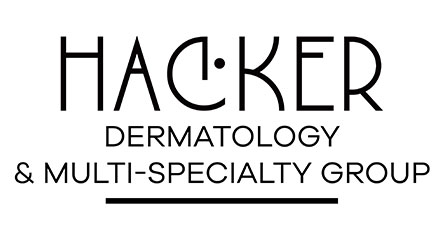Hair Loss – PRP Injections
PLATELET RICH PLASMA (PRP)
Off label uses in dermatology
This is now a commonly used treatment in dermatology but it is “off label” use as PRP , though used in other specialties has not been FDA approved for use in dermatology. Nonetheless it is commonly used with this understanding.
We use prp in our practice to treat, either topically applied or physician injected:
1.) Aged, wrinkled skin- regenerate damaged and aged skin-on the face, around mouth and décolleté (above breasts on chest)
2.) Acne scarring
3.) Alopecia- used for hair follicle activity and regrowth of hair
Most often we use prp following microneedling. See our microneedling page.
How it Works
Platelet Rich Plasma, also known as “PRP” is an injection where your own blood is used. Approximately 10- 20 cc (2 Tablespoons) of blood is drawn up into a syringe. The blood is spun in a special centrifuge to separate its components (Red Blood Cells, Platelet Rich Plasma, Platelet Poor Plasma and Buffy Coat). When PRP is injected into the damaged area it causes a mild inflammation that triggers the healing cascade including attracting stem cells and growth factors to repair the damaged area. As a result, new collagen begins to develop and this response may lead to a more youthful appearance. The full procedure takes approximately 45 minutes to an hour. Generally, a minimum of 4 treatments are advised spaced apart by monthly intervals, however, more may be necessary for some individuals. Touch up treatments may be done once a year after the initial group of treatments to boost and maintain the results.
Safety
PRP’S SAFETY has been established for over 20 years for its wound healing properties and it’s proven effectiveness has extended across multiple medical specialties including cardiovascular surgery, orthopedics, sports medicine, podiatry, ENT, neurosurgery, dental and maxillofacial surgery (dental implants and sinus elevations), urology, dermatology (chronic wound healing), and ophthalmology, cosmetic surgery. All skin tones tolerated PRP because it is not foreign but is your own enriched plasma.
BENEFITS of PRP
Along with the benefit of using your own tissue therefore eliminating allergies, PRP has been shown to have overall rejuvenating effects on the skin including: improving skin texture, thickness, fine lines and wrinkles, increasing volume via the increased production of collagen and Elastin, and diminishing the appearance of scars. Other benefits include: minimal down time, safe with minimal risk, short recovery time, natural looking results; and is performed without local or general anesthesia.
Contraindications
PRP used for aesthetic procedures is safe for most individuals between the ages of 18-80. Parental Consent required. for patients under 18. There are very few contraindications, however, the following relative contraindications are considered: 1) Acute and Chronic Infections in the target areas 2) Active autoimmune skin disease or porphyria 3)Some Chronic Liver Diseases
RISKS & COMPLICATIONS
Some of the Potential Side Effects of Platelet Rich Plasma include: 1) Pain at the injection site; 2) Bleeding, Bruising and/or Infection as with any type of injection; 3) Short lasting pinkness/redness (flushing) of the skin; 4) Itching at the injection site(s); 5) Swelling; 6) The treatment not working on you
ALTERNATIVES to PRP
Alternatives to PRP are: 1) Do Nothing; 2) Surgical intervention may be a possibility; 3) Injections with neurotoxins; 4) Injections of dermal filling agents; 5) Laser & light-based treatments like Pulsed Light; 6) chemical peels.
RESULTS
Results are generally visible at 8-12 weeks and continue to improve gradually over ensuing months (3-6) with improvement in texture and tone. Advanced wrinkling cannot be reversed and only a minimal improvement is predictable in persons with drug, alcohol, and tobacco usage. Severe scarring may not respond. Current data shows results may last 18·24 months. Of course, all individuals are different so there will be variations from one person to the next
